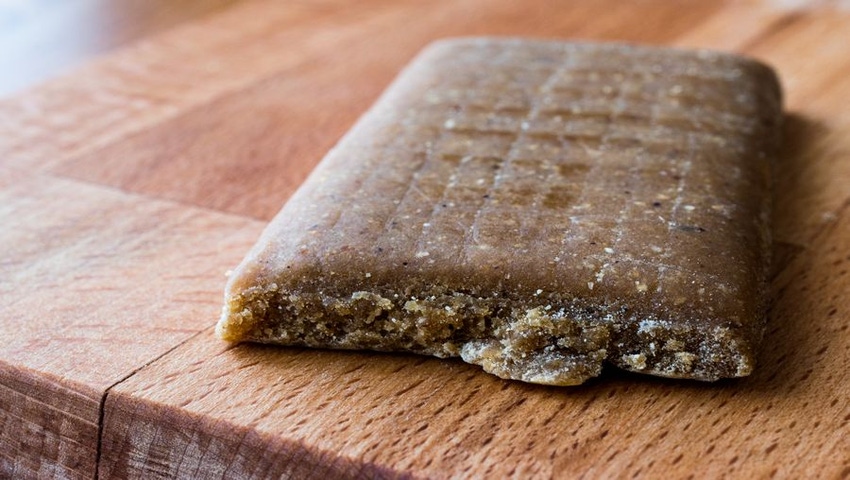Formulating healthy, clean label snacks and bars requires attention to taste and mouthfeel, but brands that achieve a balanced construction are likely to win loyal consumers and market success.

Granola bars, once a favorite of Baby Boomers, have come a long way since General Mills introduced Nature Valley’s oat-based bar. Today’s snack bars are likely to incorporate ancient grains and plant proteins. Agave syrup or brown rice syrup may replace corn syrup as a binder. Calories may be reduced by the addition of stevia or other natural, high-intensity sweeteners. And, there may be a shift toward savory. Millennials and young consumers have an adventurous appetite for snacks, and active seniors still see bars as a way to boost nutrition on the hiking trail or the golf course.
Bars are the perfect on-the-go food, but developing a protein-rich snack requires forethought. New and novel protein sources are one way for companies to differentiate their products. Protein claims are another important callout.
To make a front-of-pack claim, protein must be calculated as a complete protein. Soy protein is the only widely available plant-based source of protein that is considered a complete protein. It has a protein digestibility-corrected amino acid score (PDCAAS) of 1.0, equivalent to dairy and egg proteins.
But when creating snacks and bars with plant protein sources, flavor can be a challenge. The product’s flavor profile should be built around the protein source, and masking flavors can also help.
Generally, the higher the plant protein content, the more legume notes can be expected. While plant- or pulse-based ingredients can be complementary to a savory profile product, technology advancements have allowed the manufacturer to circumvent limitations on flavor profiles.
Humectants, such as glycerol, sorbitol or oligofructose, may be needed to maintain a soft texture during shelf life. Peanut butter, sunflower cream and almond paste introduce more protein to the bar, and their flavors combine well with pea protein. Nuts and seeds add texture; plus their flavor is compatible with pea taste.
Powdered soy protein offers a variety of benefits in snack bar applications including structure forming, binding, a variety of texture and taste, extended shelf stability and ease of processing.
While plant-based protein sources are gaining momentum, many manufacturers seek to use dairy proteins in their products. The type of protein used and its positioning will depend on the product. Sports nutrition consumers, for example, prefer whey protein first on a label whereas a general consumer may prefer milk protein.
Not all proteins are alike, even if they carry the same declaration on an ingredient label and provide the same nutritional content.
Learn more about formulating snacks and bars with protein and other nutritious ingredients in INSIDER’s Snacks & Bars Digital Magazine.
About the Author(s)
You May Also Like






.png?width=800&auto=webp&quality=80&disable=upscale)